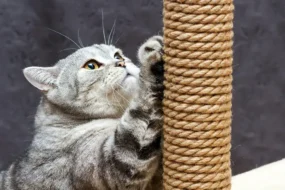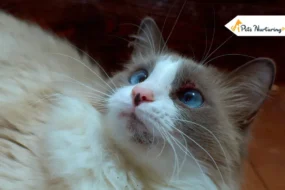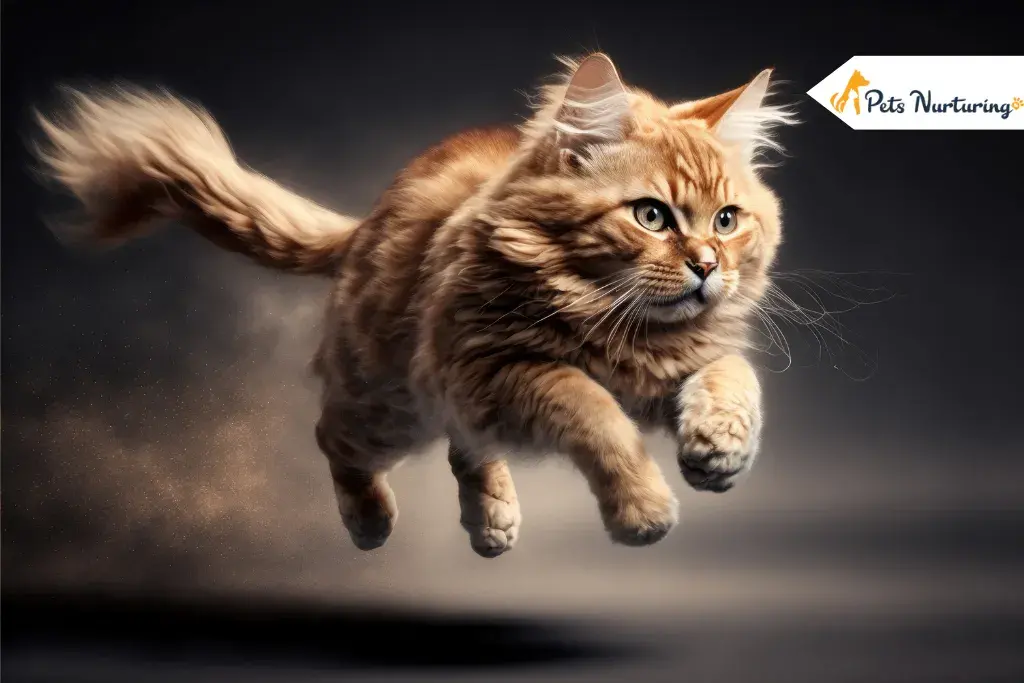
No home is complete without a pitter-patter of a kitty’s feet!! Whenever you feel sad or alone, you’ll find them next to you. From their adorable activities to their little paws, they are the perfect companion. Many studies show that having a cat in a home can boost the health of the whole family. They also help in reducing your stress level. But have you ever noticed that every cat has whiskers on their nose, which makes them extra adorable? Many times people think that why do cats have whiskers? How many whiskers does a cat have?
From sensing danger to attacking its prey, a cat’s whiskers are truly amazing and also help them in many ways. Many of us don’t know why your kitten has whiskers, and because of unawareness, you might end up hurting them. Whiskers are also known as “vibrissae” or tactile hairs, which are majorly present over the face. They are the ultimate sensory tool for your cat. Today we have gathered seven surprising facts about feline whiskers.
7 Surprising Facts About Cat Whiskers!!
Here are some mind-blowing facts about the cat’s vibrissae. From how they work to how they help cats navigate in the dark, here are answers to all your questions:
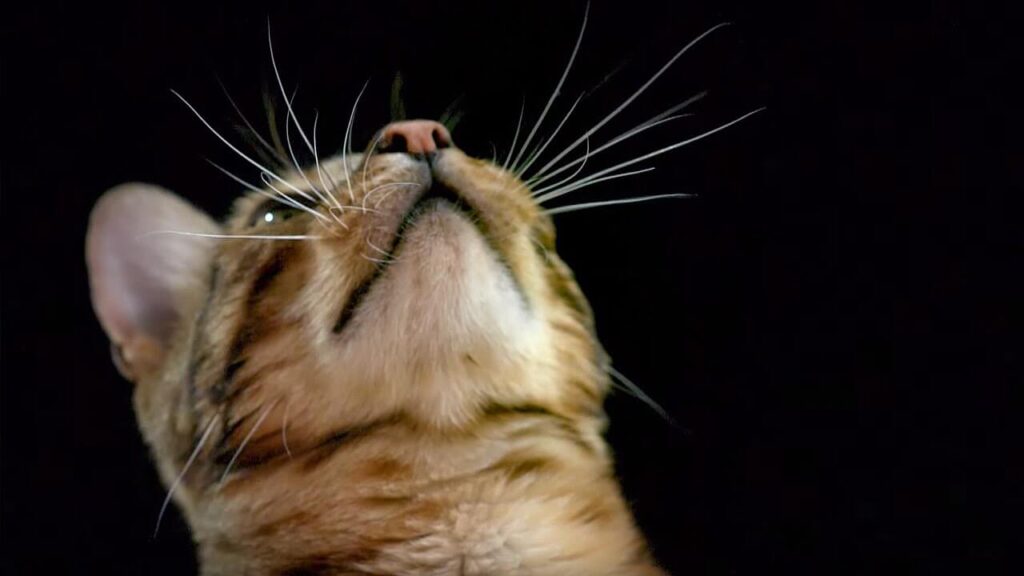
1. They are Exquisitely Sensitive
Many people compare whiskers to human hair. Cat whiskers may look like human hair, but they are rooted much more deeply in the skin. The area around the vibrissae has a fair supply of blood and nerves, which makes the tips of the whiskers so sensitive. With the help of these cats can easily detect even the slightest change in the atmosphere.
Because this region is very delicate, never mess with your kitty’s vibrissae. Even while eating from a bowl can cause pain to a cat, so consider feeding your cat on a plate or a wide flat feeding bowl.
2. They aren’t just on their face
This is true that cats have whiskers not only on their nose but also on the other body parts. Besides having eight to twelve whiskers on the nose, cats also have short vibrissae on her chin, above her eyes and back of her lower front legs( known as carpal whiskers). Yes, this is one of the reasons why they are unbeaten hunters as these whiskers help to determine the movement of prey.
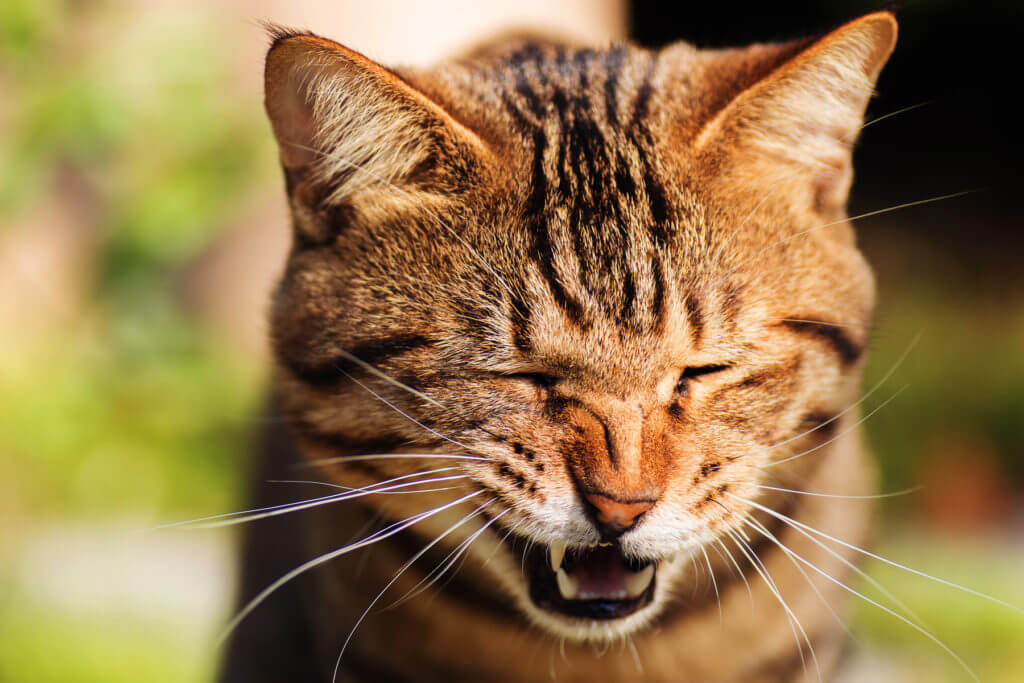
3. Cat whiskers can change color
Just like normal hair or fur, the cat whiskers also shows the sign of aging. So don’t get surprised, when you find a white whisker growing grey or black. Cats also go gray with age, but it is less noticeable unless your feline has dark fur. If you want to read more health-related blogs, such as whether cats can have Coronavirus, then click on the link.
4. Whiskers tell you how they’re feeling
Wanna know your cat’s mood? Just watch her whiskers!! The various positions of your cat’s whiskers can give you an insight into her emotions. How? If her vibrissae are relaxed and normally sticking out sideways, then she is now calm and relaxed. If they’re rigid and pulled tightly around her face, that means she is feeling threatened, and if they are pushed forward, it means she’s happy and excited.
But you also need to check other body languages such as the position of her tail and ears, apart from her cute whiskers.
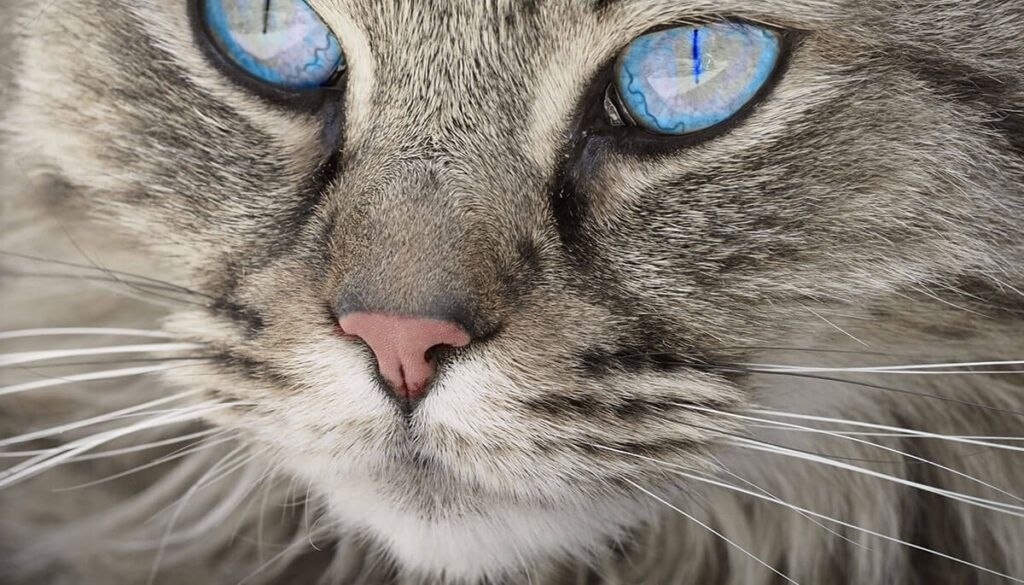
5. Cat whiskers should never be cut
Like the fur, cats will also shed a couple of bristles from time to time, but you should never ever cut or trim them. Whiskers are important for a cat, and she’ll become disoriented and frightened without them. Because with the help of them, your cat receives those vital navigation signals and senses the surroundings.
It would be like someone put a blindfold on you, and you’re not able to see them off for several weeks. And why would anyone ever want to cut those adorable things anyway! If your cat sheds one or two whiskers, don’t worry, they’ll grow back in a few weeks.
6. Cat whiskers help your kitty position her prey.
Another thing that your cat does with her whiskers is to stay protected. Yes, with the help of these small whiskers, she will be able to sense any danger or injury. She also uses them to detect the movement of her prey. Whether it is a mouse or her favorite toy, your kitty will sense the proper position of the prey. The bristles around your cat’s eyes and forelegs will help her detect sharp things, thus providing her adequate protection to her eyes and face.
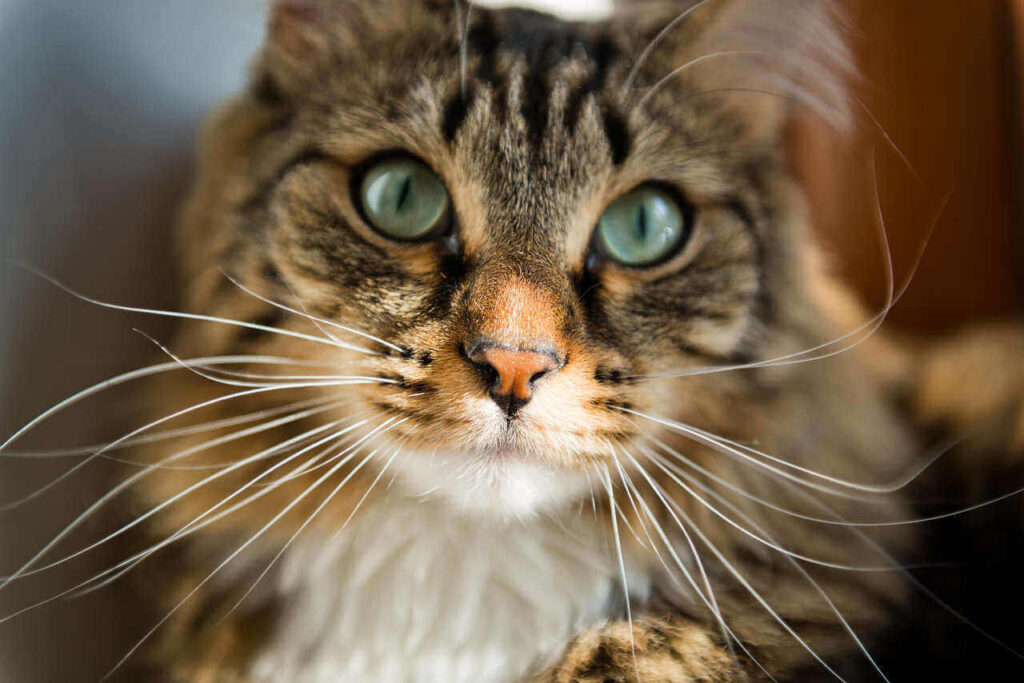
7. Whiskers are night vision aids
You might have wondered how your kitten seamlessly moves around during the night without bumping into a single thing. Apart from their night vision, due to their vibrissae, they can do this. Your cat also uses these bristles to figure out where she’ll fit.
Now you know the importance of whiskers or vibrissae for your cat. So now pay more attention to them and never try to trim or cut them. Some cats have really long whiskers, while some have very little. Similarly, here is the list of cat breeds that have large ears.
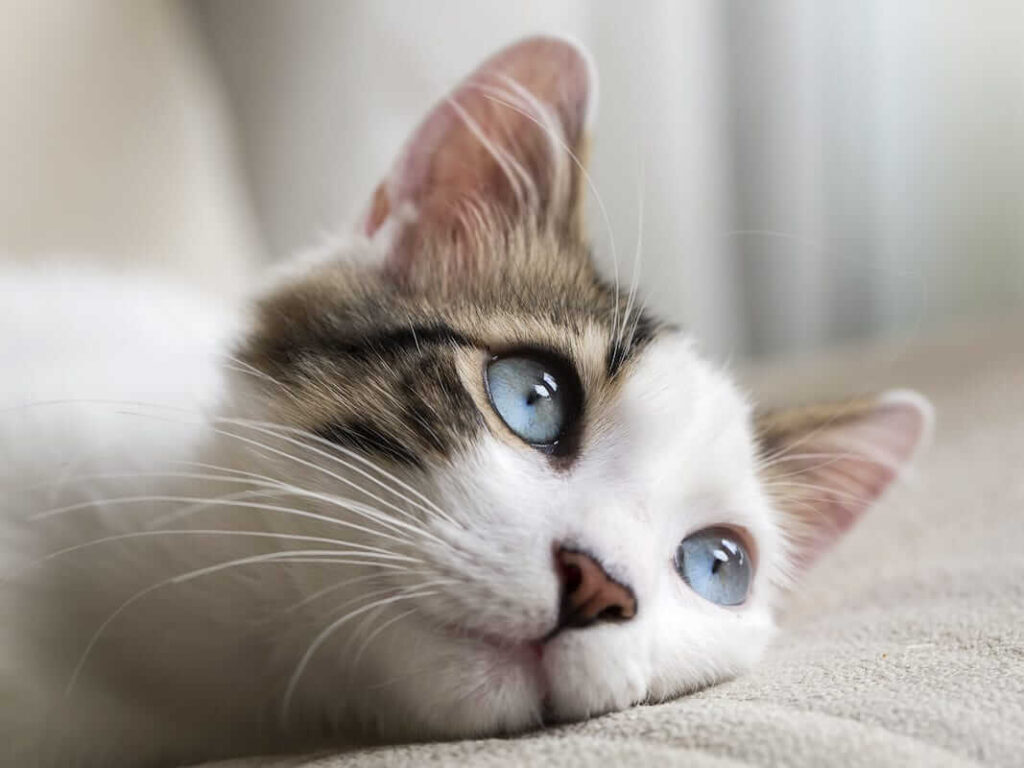
FAQs
Here are some common questions people have about their cat’s whiskers:
Some cats have long whiskers, and some have short ones. It totally depends on the cat’s breed and health. Some people say that if your cat gains weight, then her whiskers also get longer. There is nothing to worry about if your cat has long whiskers.
Typically a cat has 12 to 24 whiskers placed horizontally on either side of their face. Apart from the nose, a cat might have whiskers on her chin, forelegs, and above her eyes.
Never, groom, cut, or trim your cat’s whiskers. They’re crucial for her. A cat uses them to sense their surroundings. They themselves shed it from time to time, just like body fur.
Yes, cat whiskers grow back if they are cut, broken, or shed naturally. It can take from a week to three weeks to fully grow back. Cats not only have whiskers on their nose but also on their chin, above and behind the eyes.
Keep reading:









